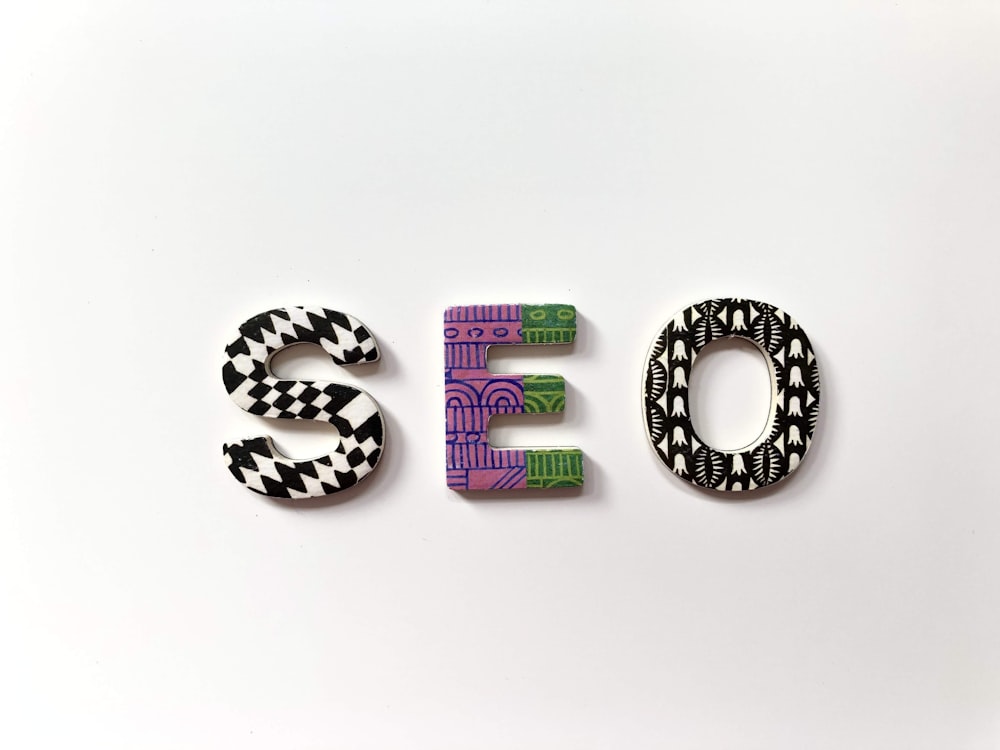Actually, I lied.
We didn’t rank for 2400 keywords.
We ranked for 14,000 keywords in total.
And we did get backlinks—about 70 of them.
But not a single one of them was “built” by us.
Here is a screenshot to back my claims.
And because of this, we are getting in 26,483 sessions per month for our client. Cue analytics screenshot
And here is the backlink profile of the blog over the past year.
Mind you, all of these 74 backlinks (of which 62 were juicy do-follow links) were all earned. Not a single one of them was built by us.
The headline of this blog is referring to a single blog post, among many others, which we have ranked. Here is the Ahrefs screenshot for that blog post:

Now that I have gotten your attention, allow me to tell you the story behind these amazing screenshots.
The Client
The client was an inbound inquiry. It is a chain of nail spas and beauty salons, with the who’s who of Bollywood and the like as clients. It is a premium salon with not only premium but also proprietary services. The business was mainly concentrated in Mumbai but was rapidly expanding to other cities. It was also inviting franchise opportunities and wanted to build the brand for that purpose.
The Problem

When it comes to nail spa and beauty treatments, India is definitely not South Korea (look it up). Getting nails or certain beauty treatments done was restricted to only a few women. Most women either did not know such a service existed or were hesitant to get it done because of various (mostly unfounded) reservations. How do we make them aware and educate them about these services?
Adding to that, thanks to cheap labour, nail spas and beauty salons have been commoditized. Like the Tube in London, in any metropolitan city, you should be able to find a beauty salon within 500 meters anywhere in the city. How do we make our client’s salon stand out from the hundreds of run-of-the-mill salons?
Making the brand stand out is one part of the problem. How do you then convert those who interact with your brand into customers? The client already had an online booking engine through which it was managing its appointments. We had not only to attract attention but also convert that attention into a transaction.
Also, our client was eyeing rapid expansion, and franchising was something they were keen on. A lot of first-time entrepreneurs usually tend to go the franchising route to minimize risks and bring in a steady stream of income.
But for this to happen, they usually look for a well-established brand. This makes sense because, with a strong brand, the franchisee’s marketing efforts are dramatically reduced. So, the other dimension of the problem was how to build a brand to attract franchisees.
The SEO-lution

The client had a well-designed website, but it only served its purpose as a brochure of all the services it offered, apart from allowing customers to book appointments.
There was barely any content on the website, so we decided to chart out a complete content marketing strategy.
We divided the entire content strategy into two stages: attraction and engagement.
For attracting prospects, we decided to focus on SEO as the primary channel. To nurture and engage the prospects, we decided to use email marketing automation. Together they would help us build the brand and get sales along with it.
This case study focuses mostly on the first stage, the attraction stage, and how we were able to achieve incredible results.
For creating content for attraction through SEO, we started off with extensive and advanced keyword research. Many people do not realize that half the battle in SEO is won with great keyword research. Choosing where to fight is very crucial when it comes to being successful in SEO.
It was also clear that we cannot focus on commercial keywords yet. There were two reasons for this:
Awareness
It’s very tempting just to target commercial keywords where the intention of the users is clear—they are ready to make a purchase.
But like I mentioned earlier, the awareness of the services provided by our client was very limited. Not only did the prospects not know that such solutions existed in the market, but they also did not know that our client’s salon provided that. A great example of this was nail extensions.
So we decided to focus on educational content, thereby moving higher up the funnel and capturing them at a very early stage, and converting them in stage 2.
If we had only focused on commercial keywords, the volume would have been very low, and the efforts would not have made sense at all.
Search is moving from transactional to educational
With the surge in social commerce, search is losing ground when it comes to transactional behaviour. About 10 years ago, buying something directly from Facebook was unheard of.
You would ultimately land on Google to look for more information, dig deep, and then go ahead and buy. In fact, it was estimated that online shoppers on average used to perform 12 searches before interacting with a brand.
This stage has been largely hijacked by social commerce. Users are completing transactions directly from social channels. But this is a blessing for users. This has made brands add value through educational content and capture them at a very early stage of the sales cycle and eventually convert them into customers.
With these two points in mind, we set out for keyword research for informational and educational keywords. Another aspect of keyword research that many tend to overlook is competition. Just because a certain keyword has amazing search volume does not mean you should go for it.
An ideal keyword will have enough search volume with minimal competition in the search results.
Here are some screenshots from the keywords that we found:
As you can see, all these keywords have amazing search volume and barely any competition.
While we are on the topic of keyword research, I would like to focus on one more element. Always take the shotgun approach with keyword research and not a sniper approach.
You cannot and should not write an article around one keyword. It limits your writing and everything about the content will look unnatural.
What you should be doing instead is creating a cloud of thematically similar keywords. For this, I usually suggest people segregate keywords into primary, secondary, and LSI keywords. You will have one main seed keyword as your primary keyword and about 5-8 secondary keywords and 5-8 LSI keywords.
With these keywords, you will be able to gain both topical depth and breadth, which will make your content amazing. Here is how the secondary keywords’ metrics look like for one of the blogs that we created:
Once we had these keywords, it was time to create content. Now, just because the “keyword difficulty” in Ahrefs said it is easy didn’t mean that there was no competition. In fact, we were battling against really authoritative sites. Here is a SERP overview for one of the keywords:
The first result is ours (and we managed to snatch a featured snippet also) but as you can see, the lowest Domain Rating (DR) of the top 10 was twice as much as ours, with the highest being 5 times as much as ours!

Where we lacked in Domain Rating, we made up with epic content. The rule was simple: write for the user, not for the search engines. I know it sounds like a cliché, but it is amazing how many times people completely miss this point.
You need to understand Google is just the middleman here. If it does not serve content that is meant for the users, the users are not going to like it, which will then force Google not to rank your content—it’s as simple as that.
To achieve this, we made the content as practical as possible, filled with value bombs while structuring it so that each line sells the following line and keeps the user’s attention intact.
Starting with the headline, all the way to the conclusion we made sure it is enticing enough to attract attention and retain it throughout.
Then we structured the content pieces based on our keyword research. Keywords are nothing but the problems faced by your users. Your job is to give solutions to them.
If you are proactive in addressing the problems and giving solutions, your users are going to love your content. So, we put in every possible question that people might have around a particular topic.
This allowed us not only to tackle multiple keywords simultaneously but also to go deep into a topic. Each article, on average, used to have about 2000-3000 words.
This is where we won, and our competitors lost. Even if you just glanced through the competitors’ content, it was evident that it was not written for the users and, more importantly, it didn’t have the depth to the topics. It was as if somebody was forced to write it.
Furthermore, we added customized images starting from the featured image to the images inserted into the content. This not only makes the blog look so much better but also gives you the extra real estate to insert your keywords. And it also gave us a massive unexpected benefit (more on that later).
Results
We set up the blog ourselves around April 2019 and to date (February 2020), we have published only around 25 blog posts, which comes to approximately 2 blog posts per month. In this 10-month window, we have been able to achieve these spectacular results:
(We are at 1500 sessions per day as on the day of writing this; we had started with 0)
(Total sessions for 10 months)
(These are the numbers only for the month of February, which still has 1 week left as I write this)
This is how the backlinks have grown in the past 10 months. Like I mentioned earlier, not a single of them was built; all of them were earned. And you know where most of the links came from? Images.
We managed to get 74 referring domains, of which 62 were do-follow and out of those 40 were from images!
And because of this, we were able to rank for 14,000 keywords!
And out of those 700+ keywords, we ranked in the top 3 with 242 featured snippets!
Conclusion
Target achieved!
Not only did we manage to create a ton of awareness, but we were also able to develop the brand, both on the consumer front and the franchise front so that they have now opened 3 more franchises.
Also, they started ranking for many transactional keywords plus a huge boost in local SEO, which is definitely a welcome benefit considering they were a physical setup.
In essence, this is how we managed to achieve these results:
Research and find keywords with easy competition and good search volume
Create epic content, which is better than the top 10 combined
Rank for these keywords with just the epic content and almost no links
Attract links because you are ranking for these keywords
Attack more difficult keywords and repeat steps 1 to 4
SEO and Content Marketing is a game of relativity and time.
You have to be better than the top 10 websites, both in terms of content (relevancy) and backlinks (authority). To do this, you need to give it enough time; you cannot achieve results like this, in a period of 3 months or even 6 months.
You have to allow the content that you have created to brew and compound the results over time.
What do you think of this case study? Have you achieved similar results? Let me know in the comments below.



